Trauma in Performance
Men are quick to be praised for their work in theatre, called geniuses when they stage a scene I could have done with my eyes closed, told they were so moving when all they had to do was stand there and wield their power over everyone else. We, women of color, are praised when we suffer. White spectators from all over the country told me they loved me as Lavinia, and Claire in The Maids, and Lady Macbeth—particularly in the “mad scene,” they were quick to say. What is that about? Why do women of color gain space in someone’s consciousness only when we show them the depth of our suffering?
When I worked on The Maids a few years ago, a play by the French writer Jean Genet, the goal of the production was to show what life might be like for immigrants in the United States. To that aim, the maids were cast as Latinx and a white person was cast as Madame. Performing in that play was one of the hardest things I have ever done.
My scene partner and I hurled our hearts all over the stage every night for anyone who would listen. We beat each other and yelled at each other and hated each other for the sake of the story. After a while, I began to ask, “What’s in it for me? What do I gain by exposing my heart on the stage, drawing from a well of trauma audiences might never understand?” As an artist, I should love getting to play big roles like this and show off my acting chops. But when you’re an immigrant in this country and you are playing a maid in a play called The Maids to a majority white audience… the cost is personal. And hard to shake off.
Beloved female characters have, through my body, been verbally, mentally, and sexually abused; mutilated, murdered, and exiled.
Holding Our Trauma up to Nature
I want to protest the state of American theatre. Not in general, but for women. And not just for women, but for women of color. I am doubly traumatized by both embodying and seeing violence—physical and mental—inflicted on the bodies of women of color for the sake of storytelling. We carry the weight of grief on our shoulders so often that it is difficult to navigate when and where it is okay to allow ourselves to feel something else, to tell a different story—one in which we use our bodies to express the joy that makes us warriors and survivors.
The bodies of women of color are used to convey violent stories. On stage, we are expected to be invincible but not aggressive, vulnerable but not passive, Brown but not too Brown. To complicate things further, if we are stepping into a role that was written for a white woman, the challenge to accomplish those tasks becomes even more difficult. My proximity to whiteness does not make me part of that world.
For example, embodying a maid intended to be played by a white woman in a play written by a dead white man will not help me shed light on any part of my story nor my community’s. It is a dangerous practice on my body and one that should be the exception, not the rule. We cannot keep stepping into problematic stories that do not properly address issues of race, ethnicity, or gender without someone on the other side of the table who’s aware of the possible effects these stories will have on our bodies.
When you’re an immigrant in this country and you are playing a maid in a play called The Maids to a majority white audience… the cost is personal.
If the work we do on stage holds the mirror up to nature, then when the lights go down and we leave the theatre, we walk back into a reality that is just as painful as our make-believe world. A reality that has only gotten more difficult since the election of Forty-Five. Taking into account the current divisiveness of this country, as people of color are being brought into predominantly white institutions with majority white audiences, who is to say that the stage is a safe space to even practice our art, let alone embody trauma that might refuse to leave our bodies long after the performances have passed?
I know I am not alone in experiencing the way our current political divisiveness shapes the work we do on stage. It affects our bodies in a different way than it used to. Last year, the prolific powerhouse playwright Quiara Alegría Hudes gave a speech at the Association for Theatre in Higher Education conference in Boston, later published in American Theatre magazine, that gave me the courage to speak on the issue. Under the title, “High Tide of Heartbreak: Has theatre wounded me as much as or more than it’s healed me?” she weighs in on whether the stress the job has had on her body is still worth the ride and discusses her desire to keep her characters, who are also women of color, from fetishizing their pain.
In attempting to highlight a different side of women of color she was met with resistance. More suffering, is that what audiences want? How do we help them and ourselves seek something more? Until we undo this attachment to pain, we will keep telling stories—both old and new—in the same way we’ve always told them. This process has manifested in my psyche as anxiety and in my body as constant tremors, joint and chest pains—things that have led me to seek the help of chiropractors and physical therapists.

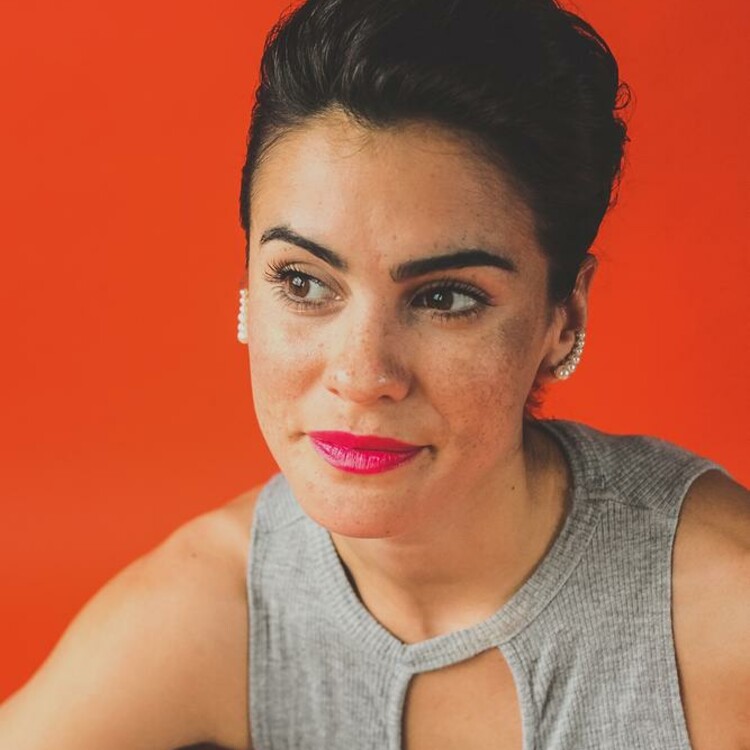
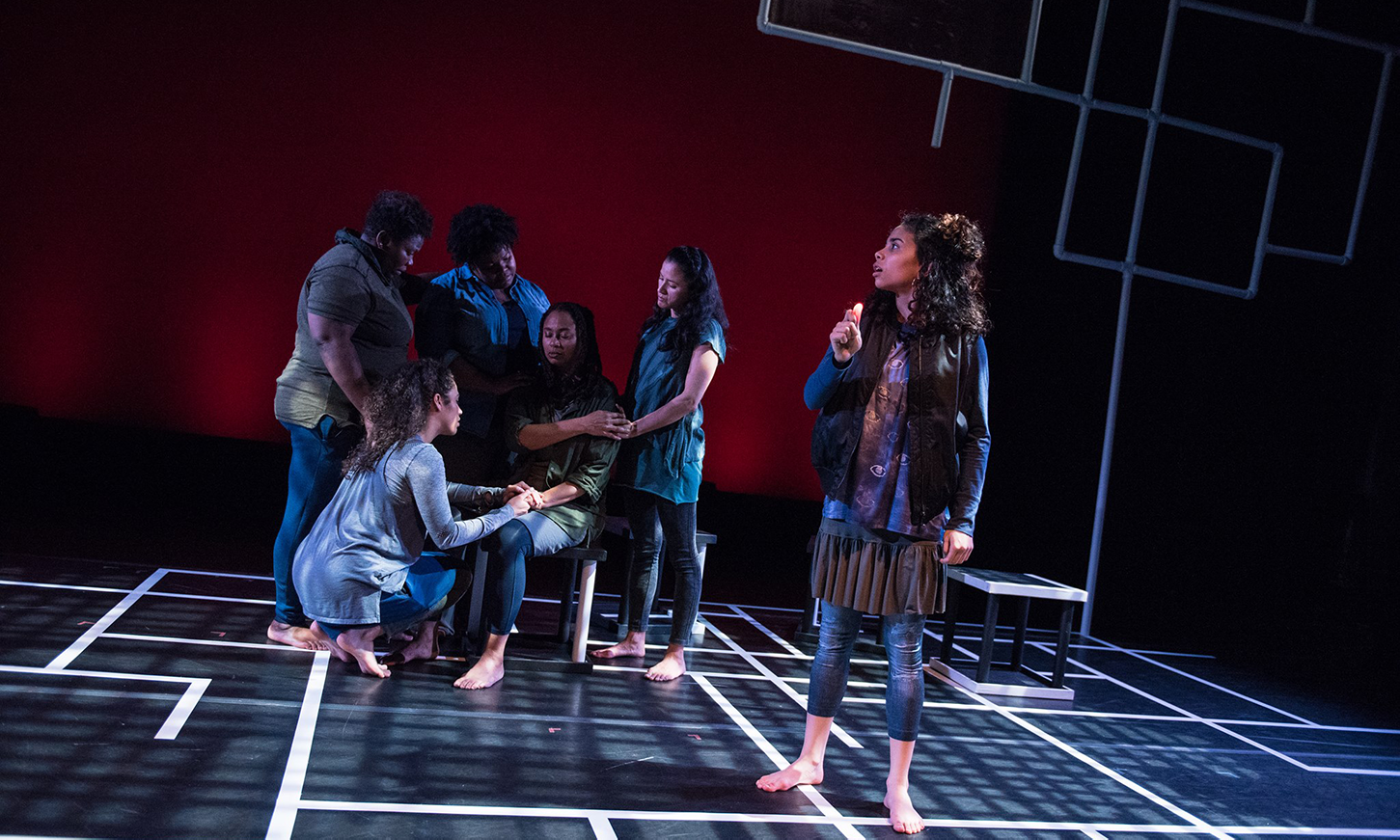
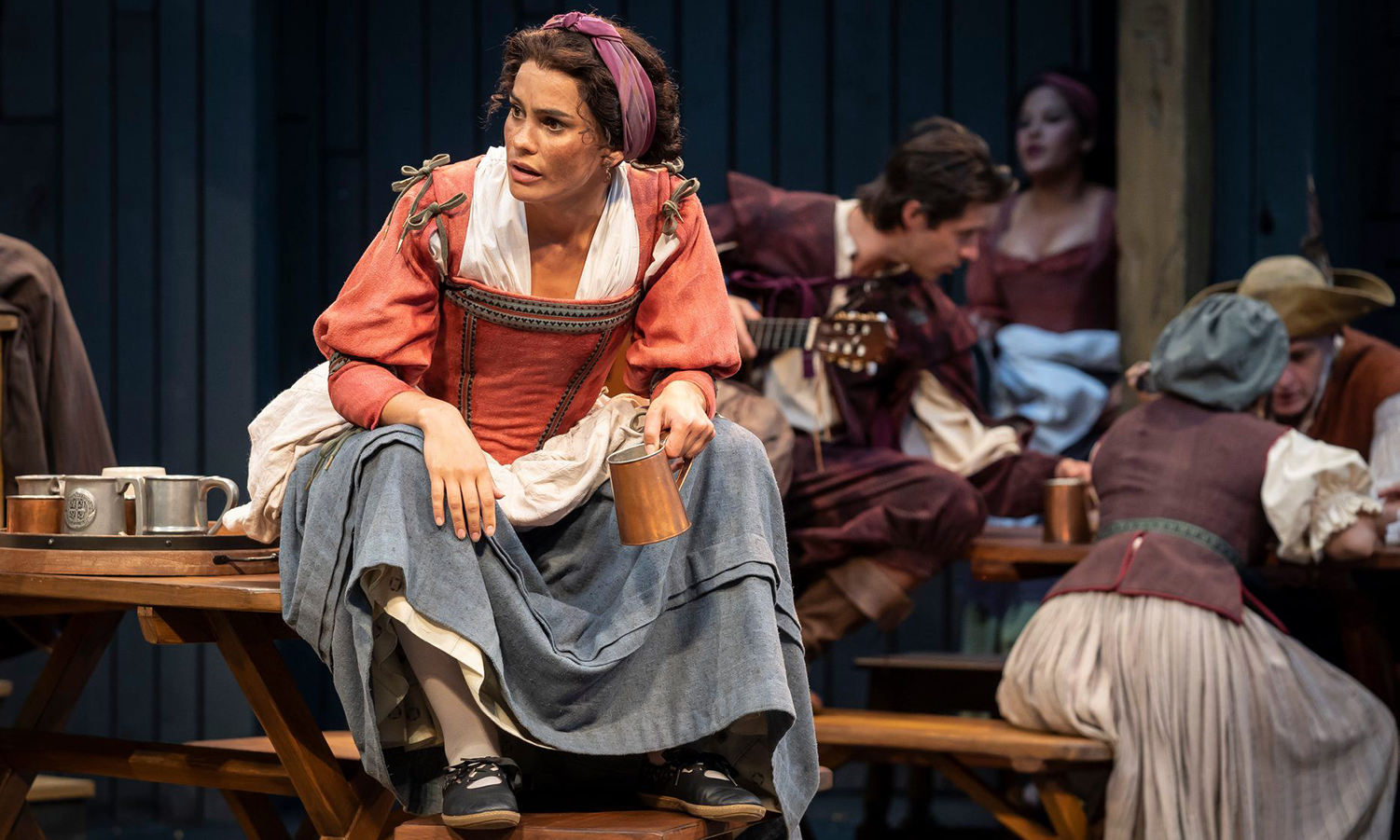
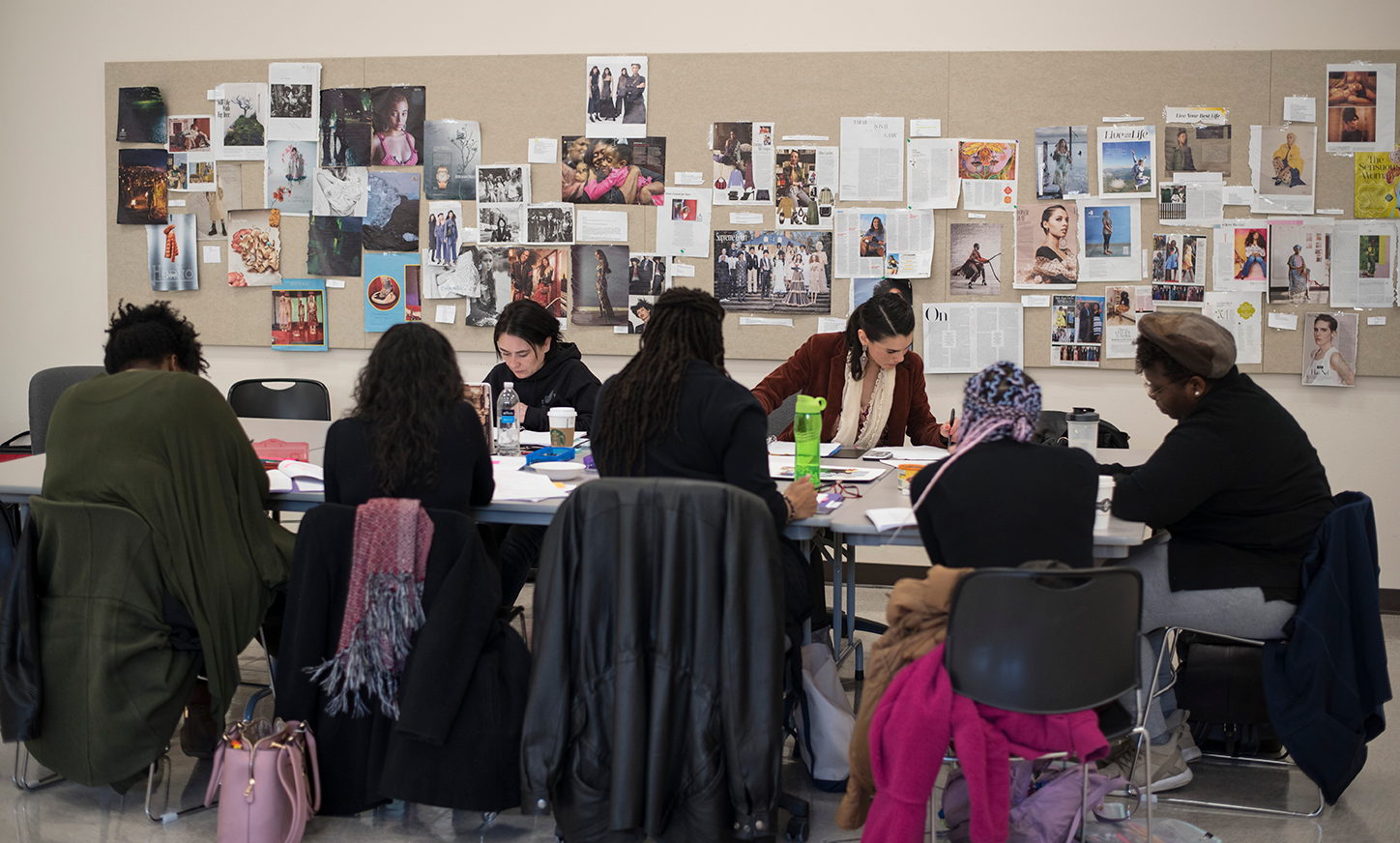



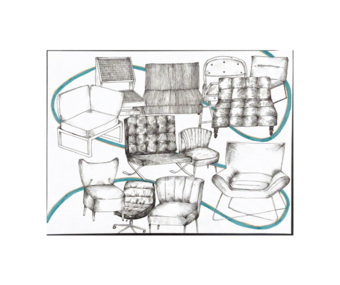


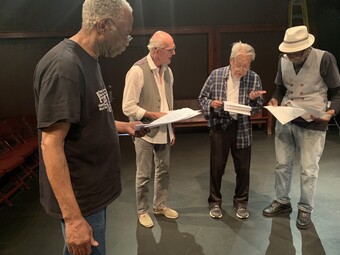

Comments
The article is just the start of the conversation—we want to know what you think about this subject, too! HowlRound is a space for knowledge-sharing, and we welcome spirited, thoughtful, and on-topic dialogue. Find our full comments policy here
Thank you so much for this! I like your example of Gunderson's play and hope that as women playwrights get more traction/more productions there will be less actually traumatizing horror on the stage and more imagining of other outcomes and other ways to exist in the world. As a feminist playwright myself whose work is concerned with healing traumas, I try hard not to (re)traumatize my audiences or my actors while still trying to examine trauma onstage, and there are some very fine lines to walk.
Kholoud Sawaf earned her MFA at the University of Arkansas, in Fayetteville Arkansas. Not Nebraska.
Thank you--It's been addressed!
Noted, thank you! We have made that edit.
This is dope.
What this makes me think of is responsibility and responsible art-making. We know whose responsibility it is to choose plays for the season. To cast it. To direct it. To promote it.
But who's responsibility is it to create safe space? Provide resources in the rehearsal room for personal and transgenerational (epigenetic) trauma? To diversify the audience base? To maybe even change the cost that audiences pay (monetary) to one of personal cost, specifically theatres with a historically and consistently predominately white audience base (which are most). And what does that look like? I dunno, being required to write a brief 300 word essay on the subject matter to enter and having that grade affect your ticket price? Burning a baby picture before the show? Reconfiguring talkbacks? Like I said, I dunno. I do know getting paid for my pain can sometimes feel exploitative when not met with understanding. And although money can buy therapy, hospital visits, that pint of ice cream, I do not perform with the primary goal for money (though I do expect to get paid). I can't speak for all artists, but after witnessing the power of storytelling to sway culture and community, I do it for the impact, especially if I've agreed to share my pain...so whose responsibility is it to maximize that impact? Should that be the goal or compromise for this kind of work?
I believe our pain has a place onstage because sometimes for me it is the most visceral way to recognize it in myself and in others (empathy). But I also believe that it must not needs live perpetually center stage and without support.
This is an idea I know you and someone else mentioned before, but having a therapist and maybe even a historical, social or statistical expert present could help bring accuracy, truth, accountability, and safety to the rehearsal room. I think that as we unearth new traumas, begin giving our stories new light, and add new bodies to the stage we must alter the system that used to house bodies and stories that weren't our own. Meaning, I think we need new positions and even professions within the theatre. Or at the very least, to broaden the scope and responsibilities of the ones that currently exist. I'm not sure what those positions look like (outside of EDI practitioners in theatres), but I think that's because they should change, vary, and depend on the work that's being made. The same way you'd call a fight choreographer to provide safety and structure to an otherwise dangerous and unmitigated section of physical violence, why not give our minds the same solace? Who is responsible for this?
Also, again, this was dope and thank you for giving voice.
Thank you for adding more insight. You know I believe that coming up with a plan of action is a crucial step to any issue. I appreciate you!